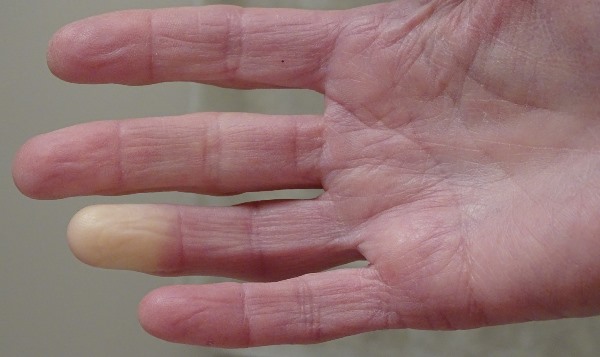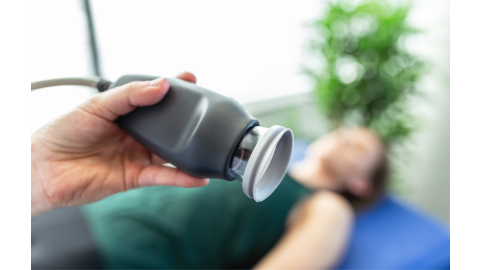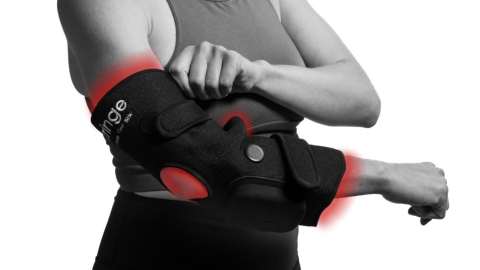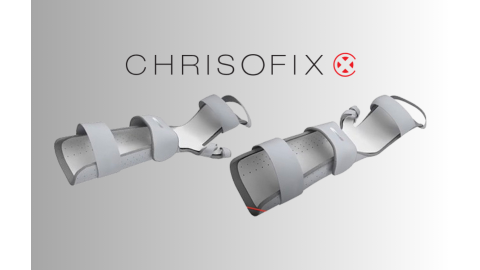What is Raynaud’s Disease?
Raynaud’s disease, also called Raynaud’s phenomenon or Raynaud’s syndrome, is a rare disorder of the blood vessels, usually affecting the fingers and toes. When your body is cold or feeling stressed, it causes the blood vessels to narrow and temporarily limits blood supply. Raynaud’s affects 5 to 10 percent of Americans, but only 1 in 10 seek treatment. It is more common in people who live in colder climates, with women being nine times more likely to be affected than men.
Symptoms
During an attack, the affected areas turn pure white due to diminished blood flow and feel ice cold. The skin may also take on a blue tinge due to the prolonged lack of oxygen and you will lose sensation in those areas with poor circulation. Episodes may last a few minutes or up to several hours. When the blood flow returns and circulation improves, the skin may turn red and a prickly feeling or stinging pain may occur. Symptoms can vary from mild to severe depending on the form of Raynaud’s.

Primary vs. Secondary Raynaud’s
There are two types of Raynaud’s. The disease onset and severity vary depending on which condition you have.
Primary Raynaud’s
- Also called Raynaud’s disease
- Occurs for an unknown reason and is the more common form
- Can be so mild that many don’t seek treatment and it can resolve on its own
- Symptoms usually begin between the ages of 15 and 25
Secondary Raynaud’s
- Also called Raynaud’s phenomenon
- Caused by another health condition, it is less common, but more serious
- People with autoimmune conditions like rheumatoid arthritis, scleroderma, and lupus, are more likely to be affected
- Medicines to treat cancer, migraines or high blood pressure increase risk
- Carpal tunnel syndrome, repetitive action or vibration, and smoking can also increase risk
- Symptoms usually start after the ages of 35 to 40
Causes
Doctors don’t know what causes Raynaud’s Disease to develop, but they do know what causes some attacks. Typically in a cold environment the body tries to slow the loss of heat by using blood vessels to move blood from the skin’s surface to veins deeper in the body’s core. In people with Raynaud’s Disease, the body overreacts. The blood vessels narrow to the point where they limit the blood supply, usually to the fingers and toes, and the blood moves deeper into the body. This can occur even in mild cold, air conditioning, or when reaching into the freezer.
Treatment
It’s important to pay attention to your body and learn what triggers your attacks. There is no cure for Raynaud’s Disease, instead treatment is aimed at keeping attacks from happening or limiting the ones that do occur, making the attacks less severe, preventing tissue damage, and avoiding the loss of finger and toe tissue.
Medications
- Drugs may be prescribed to widen blood vessels and promote circulation. Calcium channel blockers relax and open small blood vessels in your hands and feet. Vasodilators relax blood vessels to increase blood flow.
Topicals
- Antibiotic creams or nitroglycerin paste or patches may be described to protect against infected skin ulcers.
Lifestyle Remedies
- Wear warmer clothing and dress in layers when in cold environments. Keep the body warm especially the extremities by wearing cozy gloves, socks, and slippers. Cotton gloves can be helpful while searching the freezer and rubber gloves are useful when washing dishes. Exercise is particularly good for promoting circulation and managing stress. Avoid caffeine and nicotine products, which cause your blood vessels to constrict and worsen attacks.
What to do during an attack
It is important to warm your hands, feet or other affected areas as soon as you feel an attack coming on. If you are outdoors, get indoors to a warmer area. Wiggle your fingers and toes and make wide circles (windmills) with your arms. You can also try running warm (not hot) water over your fingers and toes. Moist heat therapy can help keep your hands warm. Staying calm by concentrating on your breathing can help reduce the severity of your attack.
Tips & Tricks
- Carry hand and foot warmers to warm extremities and avoid an attack
- Apply reusable heat packs to keep you warm
- Use insulated drinking mugs or glasses to protect your hands from chilly drinks
- Place a napkin or insulating material around glasses or dishes to protect fingers from becoming cold
- Attacks can occur in air-conditioned spaces or when it’s a breezy day, so be prepared and keep a sweater or jacket on hand
- A blanket with pockets for the hands and feet can also help ward off the cold
References
Martin, L. J. (2017). What is Raynaud’s Phenomenon? Retrieved from https://wb.md/2HvepDa
Medical Disclaimer: The information provided on this site, including text, graphics, images and other material, are for informational purposes only and are not intended to substitute for professional medical advice, diagnosis or treatment. Always seek the advice of your physician or other healthcare professional with any questions or concerns you may have regarding your condition.








 France
France Australia
Australia






